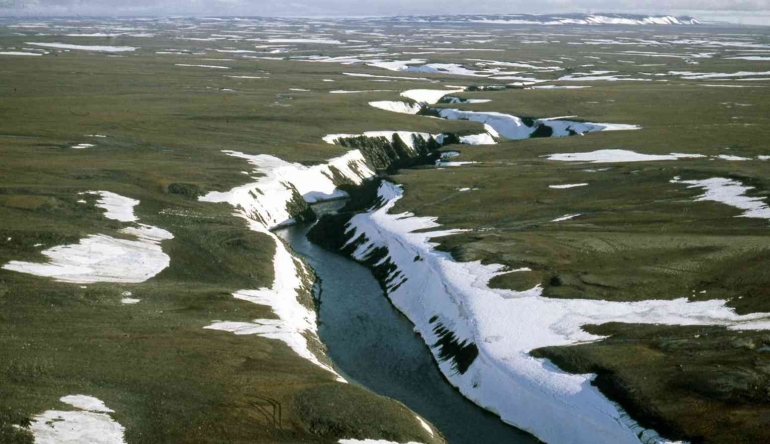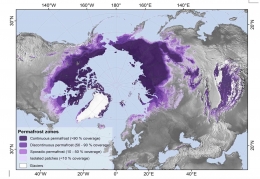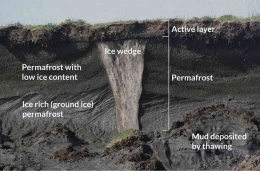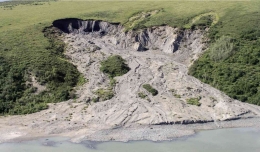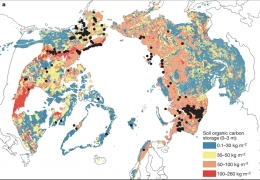For thousands of years, permafrost ice in the Northern Region of Earth has remained frozen and unchanged. But eventually, it has to be known that layers of permafrost ice have become unstable and melt. Scientists who study permafrost realize that this is one of the harmful effects of climate change, as there is a correlation between it and melting permafrost.
Studies show that layers of ice on Earth have risen in temperature as far as 6C in the 20th century. Scientists predict that there will be a tremendous melting of permafrost by the year 2100.
When the temperature of permafrost raises above 0C, it melts, as in this case the ice changes from solid to liquid. Generally, minerals and organic components left over from the ice layers remains intact as a solid. Because of this, in regions filled with a lot of ice, the melting of layers of ice will cause a lot of changes in its surface, which in the case of permafrost is soil and vice versa.
The melting of permafrost increases the surface level of the Earth's oceans and increases erosion. Erosion occurs when layers of ice melt because soil and sediments are easily swept without ice to tie them all together.
Arctic Tundras in North Taimyr, Russia in July 1990 (The Arctic Institute, 2020)
Melting Permafrost
By definition, permafrost is soil that has been continuously below 0 C (32 F) for two years or more, located on land or under the sea. Most common in the Northern Hemisphere, about 15% of the Northern Hemisphere or 11% of the global surface is covered by permafrost ice sheets (Obu, J., 2021). This includes most of Alaska, Greenland, Canada, and Siberia. Permafrost can also be found on mountain tops in the Southern Hemisphere and under ice-free areas of Antarctica. The term 'permafrost area' is used to describe the actual area beneath the permafrost ice sheet.

The distribution of the permafrost zones together represents the permafrost area. Image adapted from Obu, Westermann, Bartsch, et al. (2019).
Permafrost does not have to be the first shallow layer on the soil. Permafrost can be from an inch to several miles away below the earth's surface. It occurs frequently in soil ice sheets, but can also be present in non-porous bedrock. Permafrost is formed from ice that holds various types of soil, sand, and rock in combination.







